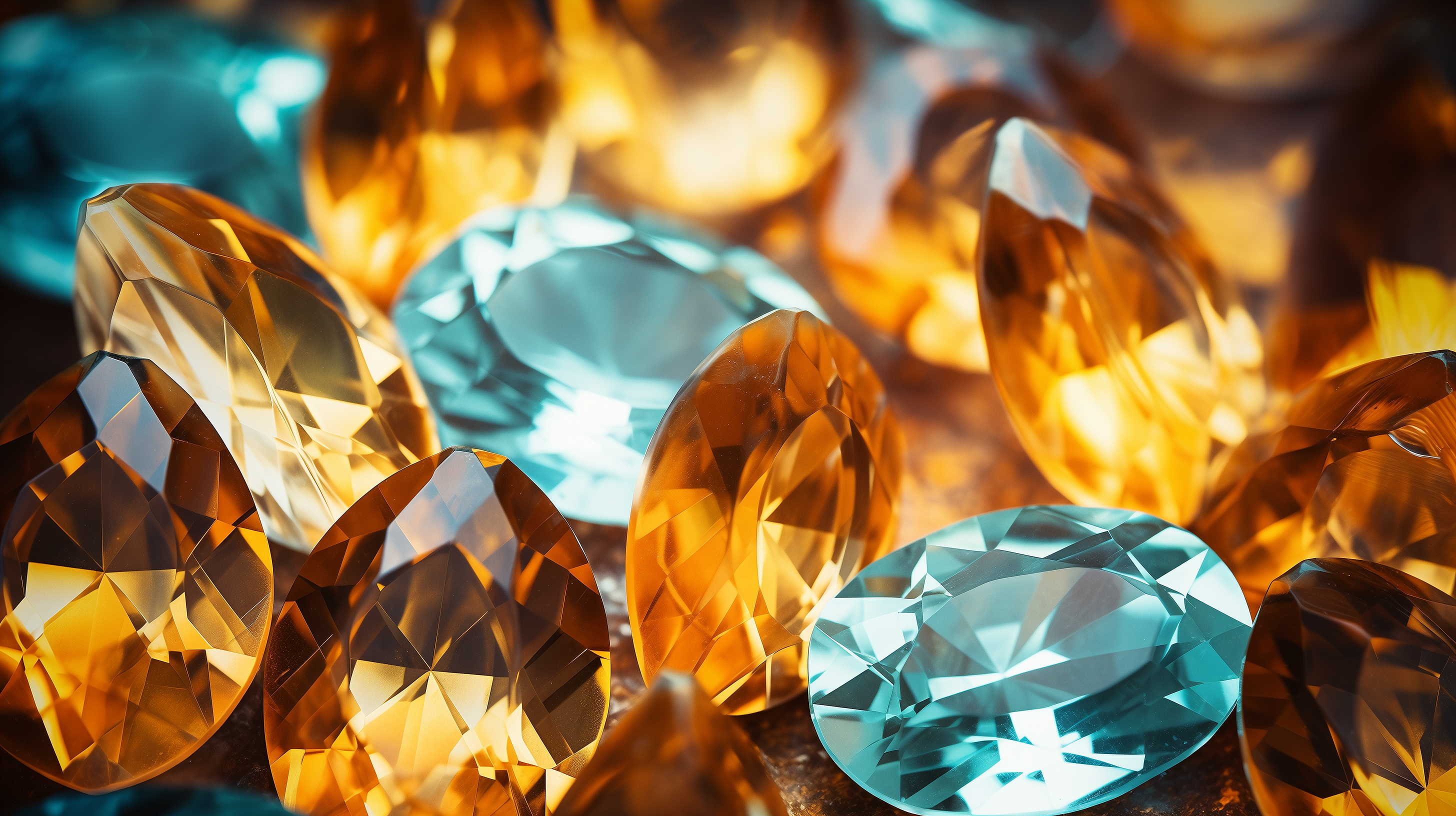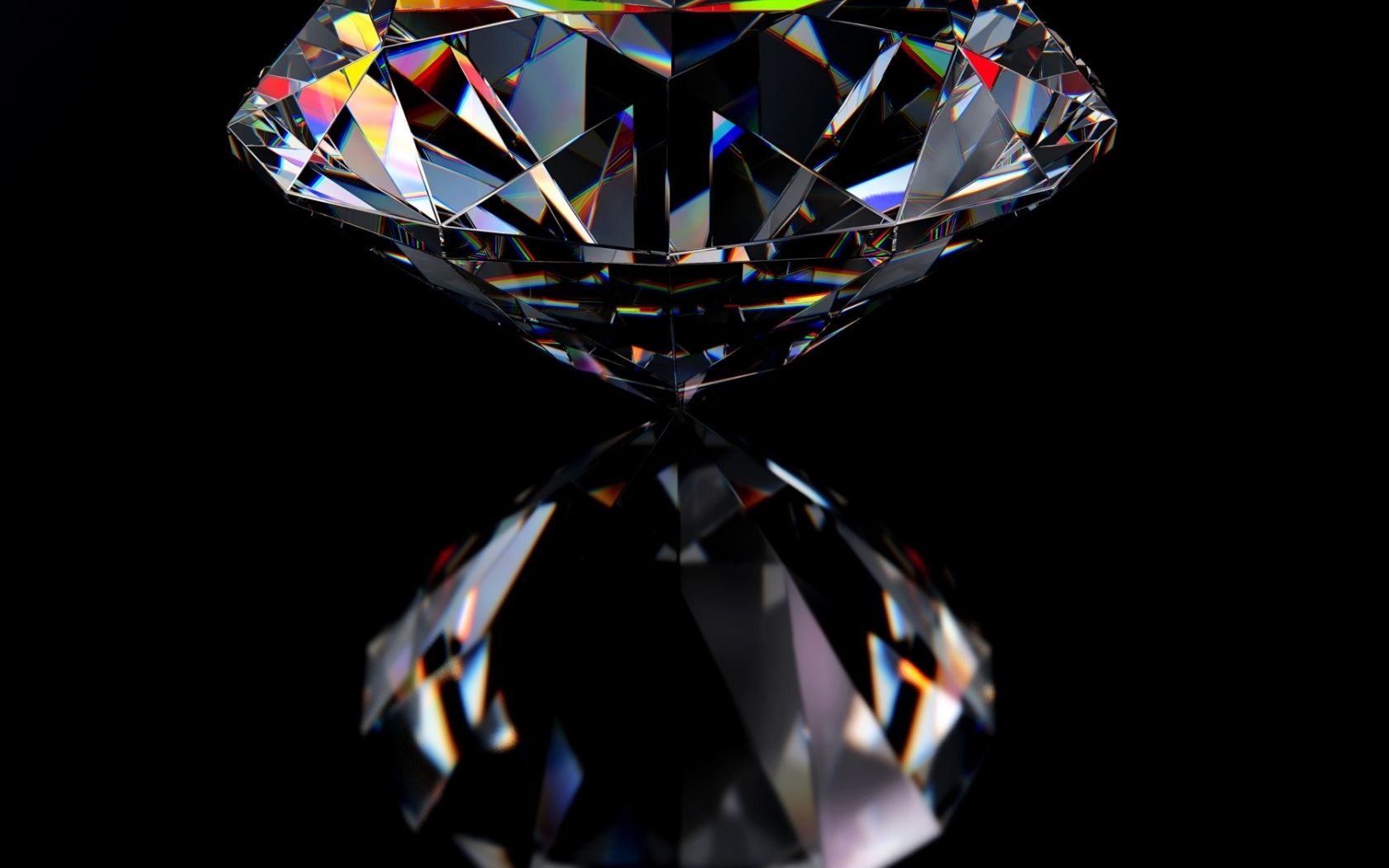Lab diamonds CVD (Chemical Vapor Deposition) have become a hot topic in recent years, disrupting the traditional diamond industry with their ethical, sustainable, and affordable appeal. But what exactly are lab-grown diamonds, and why are they gaining so much attention? In this comprehensive guide, we delve into the world of lab diamonds, exploring their production process, benefits, market trends, misconceptions, and much more.
Table of Contents
1. Introduction
What are Lab Diamonds CVD?
Lab diamonds CVD, or lab-grown diamonds, are man-made gems that possess the same chemical and physical properties as natural diamonds. Unlike traditional diamonds, which are formed deep within the Earth’s mantle over millions of years, lab diamonds are created in controlled laboratory environments using advanced technology.
2. Understanding Lab-Grown Diamonds
How are Lab Diamonds Made?
Lab diamonds are produced through a process called Chemical Vapor Deposition (CVD). In this method, a small diamond seed is placed in a vacuum chamber where carbon-rich gases are introduced. These gases break down, and carbon atoms adhere to the seed, gradually forming layers of diamond crystal. The result is a high-quality diamond that is visually and chemically identical to its natural counterpart.
Quality and Properties of Lab Diamonds
Lab diamonds exhibit the same brilliance, hardness, and durability as natural diamonds. They are graded using the same criteria, including the Four Cs: cut, color, clarity, and carat weight. With advancements in technology, lab diamonds can now rival or even surpass the quality of some natural diamonds.
3. Comparison with Natural Diamonds
Cost Comparison
One of the most significant advantages of lab diamonds is their affordability. On average, lab-grown diamonds are 20-40% cheaper than natural diamonds of comparable quality. This cost difference makes them an attractive option for budget-conscious consumers without compromising on beauty or elegance.
Environmental Impact
Unlike traditional diamond mining, which involves extensive land excavation and environmental disruption, lab diamond production has a minimal ecological footprint. By eliminating the need for mining, lab diamonds help preserve natural habitats, reduce carbon emissions, and conserve water resources.
Ethical Considerations
Lab diamonds are ethically sourced and conflict-free. Unlike natural diamonds, which may be associated with human rights abuses and environmental degradation in certain regions, lab-grown diamonds offer a guilt-free alternative for socially conscious consumers.
4. Benefits of Lab Diamonds CVD
Affordability
The lower cost of lab created diamonds makes them accessible to a broader range of consumers, including young couples, fashion enthusiasts, and environmentally conscious individuals. With lab diamonds, luxury and elegance are no longer reserved for the elite but attainable for everyone.
Sustainability
Lab diamonds are sustainable gems that promote responsible consumption and environmental stewardship. By opting for lab created diamonds, consumers can support eco-friendly practices and contribute to a more sustainable future for generations to come.
Ethical Sourcing
The ethical provenance of lab diamonds provides peace of mind for buyers concerned about human rights abuses and exploitation in the diamond industry. With lab-grown diamonds, consumers can enjoy the beauty of fine jewelry without contributing to unethical practices or supporting conflict zones.
5. Applications of Lab Diamonds
Jewelry Industry
Lab diamonds are increasingly popular in the jewelry industry, where they are used to create stunning engagement rings, wedding bands, earrings, bracelets, and necklaces. Their affordability and versatility make them an attractive choice for both traditional and contemporary designs.
Industrial Uses
In addition to jewelry, lab diamonds have numerous industrial applications, including cutting tools, abrasives, semiconductors, and high-performance electronics. Their exceptional hardness and thermal conductivity make them valuable materials for various industrial processes.
6. Market Trends and Growth
Rising Popularity
The demand for lab diamonds is on the rise, driven by growing consumer awareness, concerns about sustainability and ethics, and advancements in diamond technology. As more people discover the benefits of lab-grown diamonds, their market share continues to expand.
Future Projections
Analysts predict significant growth in the lab diamond market in the coming years, with sales expected to surpass those of natural diamonds by 2030. This shift reflects changing consumer preferences and a greater emphasis on sustainability and ethical sourcing in the luxury goods sector.
7. Misconceptions and Myths
Are Lab Diamonds Real?
Yes, lab diamonds are real diamonds with the same chemical composition, crystal structure, and optical properties as natural diamonds. The only difference is their origin: natural diamonds form beneath the Earth’s surface, while lab diamonds are created in laboratories.
Durability and Longevity
Contrary to popular belief, lab diamonds are just as durable and long-lasting as natural diamonds. They withstand everyday wear and tear and can be passed down as heirlooms for generations to come. With proper care and maintenance, lab diamonds can retain their beauty and brilliance indefinitely.
8. Certifications and Standards
Recognized Authorities
Lab diamonds are graded and certified by reputable gemological laboratories, such as the Gemological Institute of America (GIA), the International Gemological Institute (IGI), and the American Gem Society (AGS). These certifications provide assurance of quality and authenticity for consumers.
Assurance of Quality
When purchasing lab diamonds, it’s essential to look for certified stones that have been rigorously tested and graded according to industry standards. A reputable certificate ensures that the diamond meets the highest quality criteria and is a worthwhile investment.
9. Consumer Awareness
Educating Buyers
As awareness of lab diamonds grows, educating consumers about their benefits and characteristics becomes increasingly important. By providing accurate information and dispelling myths, retailers can help customers make informed decisions and feel confident in their purchase.
Making Informed Decisions
When buying lab diamonds, consumers should consider factors such as cut, color, clarity, and carat weight to ensure they get the best value for their money.











